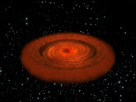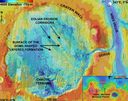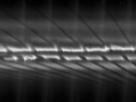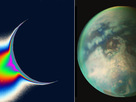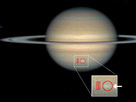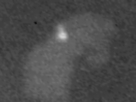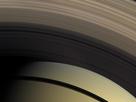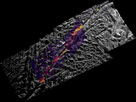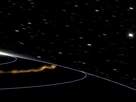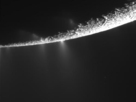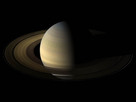The operating space science missions
The Sun seen by SOHO
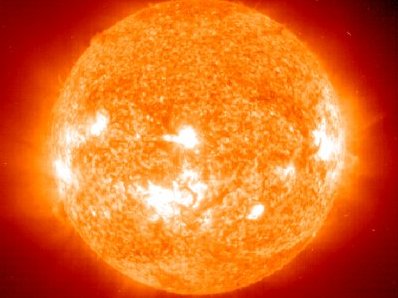 © ESA
|
The Sun pictured by the SOHO Extreme ultraviolet Imaging Telescope (EIT) on 28 October 2003.
The extensions for SOHO, Hinode and Proba-2 will ensure that our Sun is closely watched during the rise to its next peak of magnetic activity, expected in 2013. Meanwhile, the four Cluster satellites will measure the effect of this activity nearer to home, in Earth’s magnetosphere.
ESA last year launched the Herschel observatory working in the infrared and submillimetre bands. ESA’s now-extended high-energy observatories, Integral and XMM-Newton, mean that European astronomers have access to an unprecedented range of observations providing unique insights into the violent Universe. These complement the ultraviolet, visible and near-infrared data flowing from the long-serving Hubble Space Telescope.
Within the Solar System, Mars Express and Venus Express are investigating Earth’s nearest planetary neighbours, while Cassini-Huygens continues its comprehensive study of Saturn and its moons.
ESA last year launched the Herschel observatory working in the infrared and submillimetre bands. ESA’s now-extended high-energy observatories, Integral and XMM-Newton, mean that European astronomers have access to an unprecedented range of observations providing unique insights into the violent Universe. These complement the ultraviolet, visible and near-infrared data flowing from the long-serving Hubble Space Telescope.
Within the Solar System, Mars Express and Venus Express are investigating Earth’s nearest planetary neighbours, while Cassini-Huygens continues its comprehensive study of Saturn and its moons.
The operating space science missions
The Sun seen by SOHO
 © ESA
|
The Sun pictured by the SOHO Extreme ultraviolet Imaging Telescope (EIT) on 28 October 2003.
The extensions for SOHO, Hinode and Proba-2 will ensure that our Sun is closely watched during the rise to its next peak of magnetic activity, expected in 2013. Meanwhile, the four Cluster satellites will measure the effect of this activity nearer to home, in Earth’s magnetosphere.
ESA last year launched the Herschel observatory working in the infrared and submillimetre bands. ESA’s now-extended high-energy observatories, Integral and XMM-Newton, mean that European astronomers have access to an unprecedented range of observations providing unique insights into the violent Universe. These complement the ultraviolet, visible and near-infrared data flowing from the long-serving Hubble Space Telescope.
Within the Solar System, Mars Express and Venus Express are investigating Earth’s nearest planetary neighbours, while Cassini-Huygens continues its comprehensive study of Saturn and its moons.
ESA last year launched the Herschel observatory working in the infrared and submillimetre bands. ESA’s now-extended high-energy observatories, Integral and XMM-Newton, mean that European astronomers have access to an unprecedented range of observations providing unique insights into the violent Universe. These complement the ultraviolet, visible and near-infrared data flowing from the long-serving Hubble Space Telescope.
Within the Solar System, Mars Express and Venus Express are investigating Earth’s nearest planetary neighbours, while Cassini-Huygens continues its comprehensive study of Saturn and its moons.





